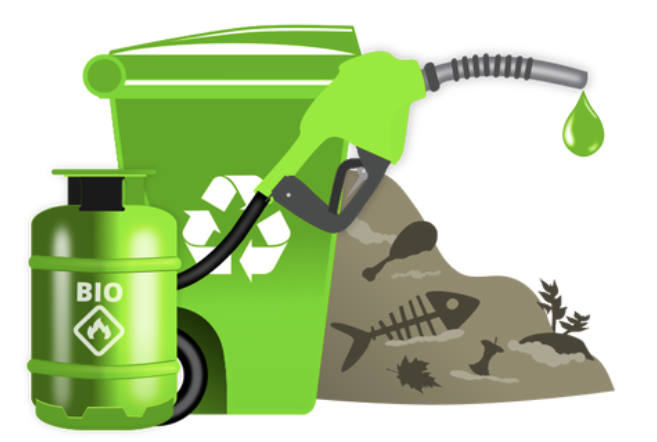Present and future utilisation of CO2: Part I - Production of Synthetic fuels
- Rodolfo
- Dec 14, 2019
- 2 min read

Carbon dioxide has been used in industrial processes for over a hundred years. Those processes include salicylic acid manufacture, which dates back to the 19th century; urea which has been chemically synthesized since the 1920s and cyclic carbonates have been manufactured since the 1950s. Carbon dioxide is often used directly; for example, in enhanced oil recovery, food and carbonated drinks. However, research is exploring new chemical and biological processes to transform carbon dioxide into a feedstock for manufacturing processes on a large scale.
Synthetic fuels are liquid fuels normally produced from coal, natural gas, and biomass feedstocks by a chemical conversion processes. These conversion processes can involve either direct conversion into liquid transportation fuels; or indirect conversion whereby the coal, natural gas or biomass is first converted into a mixture of carbon monoxide and hydrogen called synthesis gas (or syngas). Syngas is produced either by reacting steam and/or oxygen with coal or biomass in a gasification process or by reacting natural gas through a steam methane reformation process. In fact, it is believed that synthetic fuels will be able to displace fossil fuels, particularly in sectors such as transport. However, the chemical conversion processes to produce it are not exempted of significant CO2 emissions.
Manufacturing syngas and methanol directly from carbon dioxide could provide an alternative source of fuels, which will help to reduce the dependence on oil and/or gas. However, investigation are still on going as further optimisation and industrial development are required.
Biomass and biofuels are also synthetic fuels, which demand are expected to increasing by 2030. According to the International Renewable Energy Agency, about 40% of global biomass supply in 2030 could be originate from agricultural residues and wastes with 60% being supplied from energy crops and forest products including forest residues. However, the inefficiency of the photosynthesis process carried out by plants to convert CO2 and water into biomass still remains as an issue.
Note: The information described in this post has been extracted from the Policy Briefing of The Royal Society “The potential and limitations of using carbon dioxide”.
Some interesting links:
Virgin. Low carbon fuel breakthrough for Virgin Atlantic. See https://www.virgin.com/richard-branson/low-carbon-fuel-breakthrough-virgin-atlantic, (accessed 14 December 2019).
Volvo. Mack Trucks tests alternative fuel DME. See http://www.volvogroup.com/en-en/news/2017/jan/mack-trucks-tests-alternative-fuel-dme.html (accessed 14 December 2019).
Some scientific references:
Zhan et al. Syngas Production By Coelectrolysis of CO2/H2O: The Basis for a Renewable Energy Cycle. Energy Fuels 2009, 23, 6, 3089-3096. https://doi.org/10.1021/ef900111f
Liu et al. Photosensitizing single-site metal−organic framework enabling visible-light-driven CO2 reduction for syngas production. Applied Catalysis B: Environmental 245, 496-501. https://doi.org/10.1016/j.apcatb.2019.01.014
Wilson et al. Adsorbent Screening for CO2/CO Separation for Applications in Syngas Production. Separation and Purification Technology. Available online 6 January 2019. In Press. https://doi.org/10.1016/j.seppur.2018.12.036






Comments